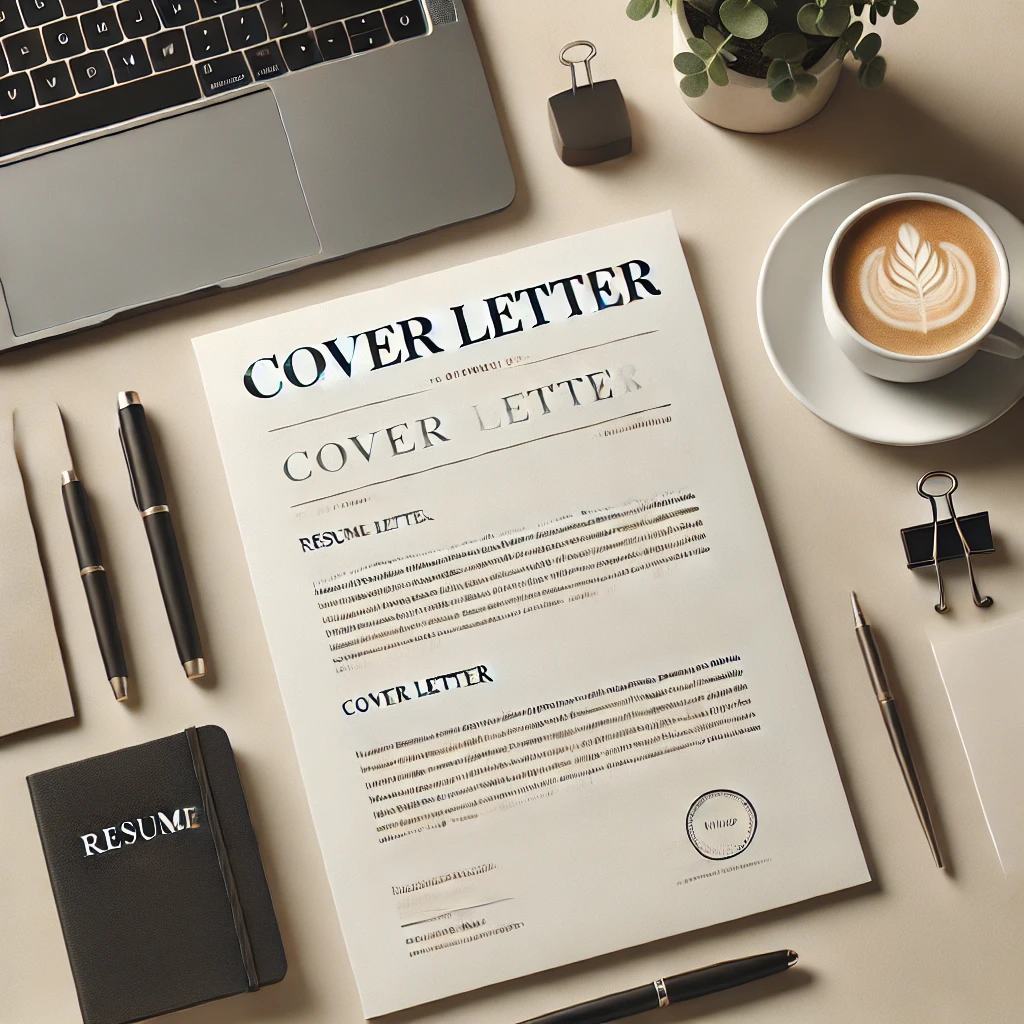What is a Resume Cover Page? A Comprehensive Guide
A resume cover page, commonly known as a cover letter, is a document that accompanies your resume when you apply for a job. This one-page letter serves as an introduction to potential employers, giving you a chance to highlight your qualifications, express your interest in the position, and demonstrate how you’re a good fit for the role. While a resume lists your skills and experiences, the cover page offers context, letting employers understand why you’re interested in the job and how your background aligns with their needs.
In this guide, we’ll explore the purpose of a resume cover page, its key elements, and how to craft an effective one to enhance your job application.
1. Purpose of a Resume Cover Page
The cover page is your first chance to make a positive impression on a hiring manager. Unlike your resume, which lists your qualifications and achievements, the cover letter provides a narrative, allowing you to:
- Introduce Yourself: A cover letter introduces you to the hiring manager, adding a personal touch to your application.
- Highlight Relevant Skills: It allows you to emphasize specific skills and experiences that directly relate to the job, making your case stronger for why you’re a suitable candidate.
- Express Enthusiasm: A well-crafted cover page demonstrates genuine interest in the position, showing the employer that you’ve researched the company and are excited about the opportunity.
- Address Specific Requirements: Sometimes, job descriptions mention particular qualifications or challenges the company is facing. Your cover letter is an opportunity to address these directly and explain how you meet these needs.
2. Key Elements of a Resume Cover Page
A strong cover letter generally includes the following components:
a. Contact Information
At the top of your cover letter, include your name, phone number, email address, and, if applicable, LinkedIn profile or portfolio link. Place your contact information first to make it easy for hiring managers to reach you.
Example:
b. Date and Employer’s Information
Below your contact information, add the date of the application, followed by the employer’s name, title, company name, and company address. This professional format demonstrates your attention to detail.
c. Salutation
Whenever possible, address your cover letter to a specific person, such as the hiring manager or department head. If their name isn’t listed in the job posting, consider looking it up on the company’s website or LinkedIn.
- Example: “Dear Mr. Smith” or “Dear Hiring Manager”
d. Opening Paragraph
Your opening paragraph should capture the reader’s attention and state why you’re interested in the position. Mention the job title you’re applying for and briefly introduce yourself. This section sets the tone for the rest of the letter.
Example: “I am writing to express my interest in the Marketing Specialist position at XYZ Company. With over five years of experience in digital marketing and a deep passion for data-driven strategies, I am excited about the opportunity to contribute to your team.”
e. Middle Paragraph(s): Skills and Experience
This section is the heart of your cover letter, where you highlight your relevant skills, experiences, and achievements. Focus on examples that align with the job description, demonstrating how your background makes you an ideal fit.
- Example: “In my previous role at ABC Corporation, I led a digital campaign that increased user engagement by 30% within three months. My expertise in content strategy and analytics helped the team exceed our target goals, which I am eager to replicate at XYZ Company.”
f. Closing Paragraph
End your letter with a strong closing statement that reiterates your interest in the position and expresses gratitude for the hiring manager’s time. Politely suggest your availability for an interview and your eagerness to discuss the role further.
- Example: “Thank you for considering my application. I look forward to the opportunity to discuss how my skills and experiences align with the goals of XYZ Company. Please feel free to contact me at your earliest convenience.”
g. Signature
End with a professional closing phrase, such as “Sincerely” or “Best regards,” followed by your full name.
3. Tips for Crafting an Effective Resume Cover Page
Crafting an impactful cover letter requires attention to detail and careful consideration of what will resonate with the hiring manager. Here are some tips to make your cover letter stand out:
a. Customize Each Cover Letter
Tailor each cover letter to the specific job and company. Generic cover letters are easy to spot and may lessen your chances of making a strong impression. Personalize your letter by mentioning the company’s name, the job title, and any specifics from the job posting.
b. Use Action Words
Incorporate action verbs like “led,” “managed,” “developed,” and “achieved” to make your accomplishments stand out. These words add energy to your statements and highlight your contributions.
c. Keep It Concise
Limit your cover letter to one page. Focus on the most relevant skills and experiences, and avoid unnecessary details. The goal is to spark the hiring manager’s interest and prompt them to review your resume.
d. Avoid Repeating Your Resume
Your cover letter should complement your resume, not repeat it. Instead of listing all your previous positions, use your cover letter to provide context or emphasize how specific experiences relate to the job.
e. Proofread Carefully
A cover letter with typos or grammatical errors can create a poor first impression. Take the time to proofread your letter, and consider asking a friend or mentor to review it for clarity and accuracy.
4. Common Mistakes to Avoid
There are a few common pitfalls that can diminish the impact of your cover letter. Here’s what to avoid:
- Using a Generic Template: Avoid copying templates word-for-word. Personalization goes a long way in making your cover letter memorable.
- Too Much Focus on Yourself: While it’s essential to discuss your skills, balance this by mentioning how you can benefit the company.
- Being Overly Formal or Informal: Aim for a professional yet conversational tone. Overly formal language can feel stiff, while informal language may appear unprofessional.
- Failing to Address Gaps or Changes: If you’re making a career transition or have gaps in your resume, briefly address this in your cover letter to show proactive communication.
5. Do You Always Need a Cover Letter?
While some job postings specify that a cover letter is optional, submitting one can often enhance your application. Many hiring managers appreciate the extra context and insight a cover letter provides, even if it’s not explicitly required. However, there are exceptions:
- When the Application Clearly States “No Cover Letter”: In cases where a job posting states not to include a cover letter, follow the instructions to avoid appearing unprofessional.
- For Online Applications Without an Option: Some online portals do not include a cover letter option. If this is the case, you can often express your interest through other parts of the application, like a personal statement or objective.
Conclusion
A resume cover page, or cover letter, is a powerful tool that can significantly boost your job application by adding a personal touch, showcasing your relevant skills, and conveying your enthusiasm for the role. While a well-written resume lists your qualifications, the cover letter tells your story, allowing hiring managers to envision you in the position.
By following the guidelines above, you can create a cover letter that not only enhances your resume but also leaves a lasting impression. A thoughtful, well-crafted cover page can open the door to interviews and opportunities, bringing you one step closer to your career goals.






